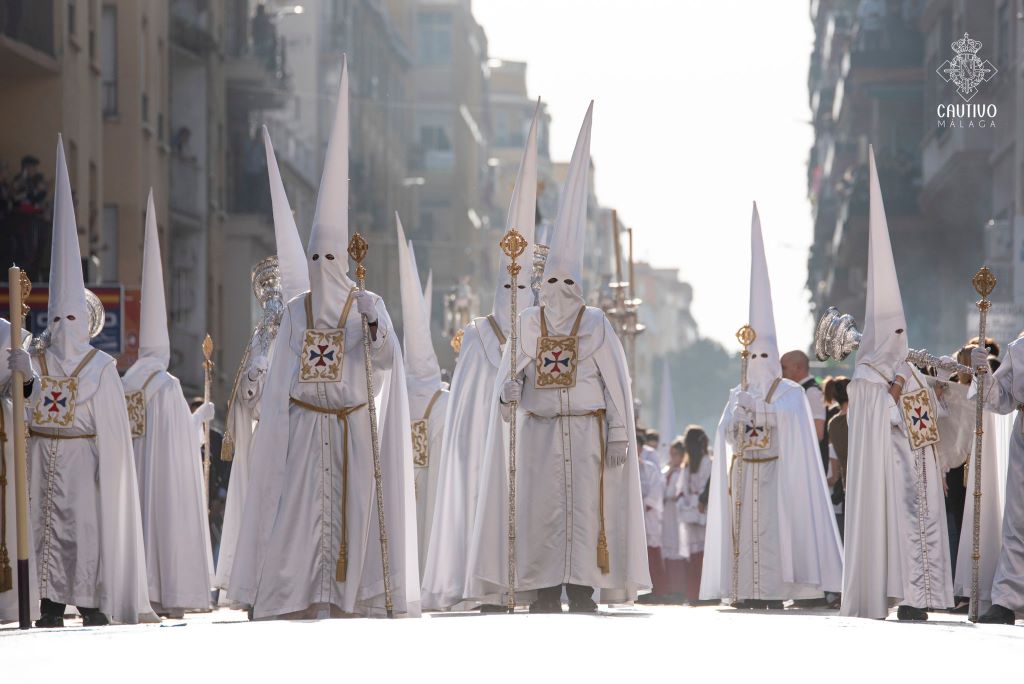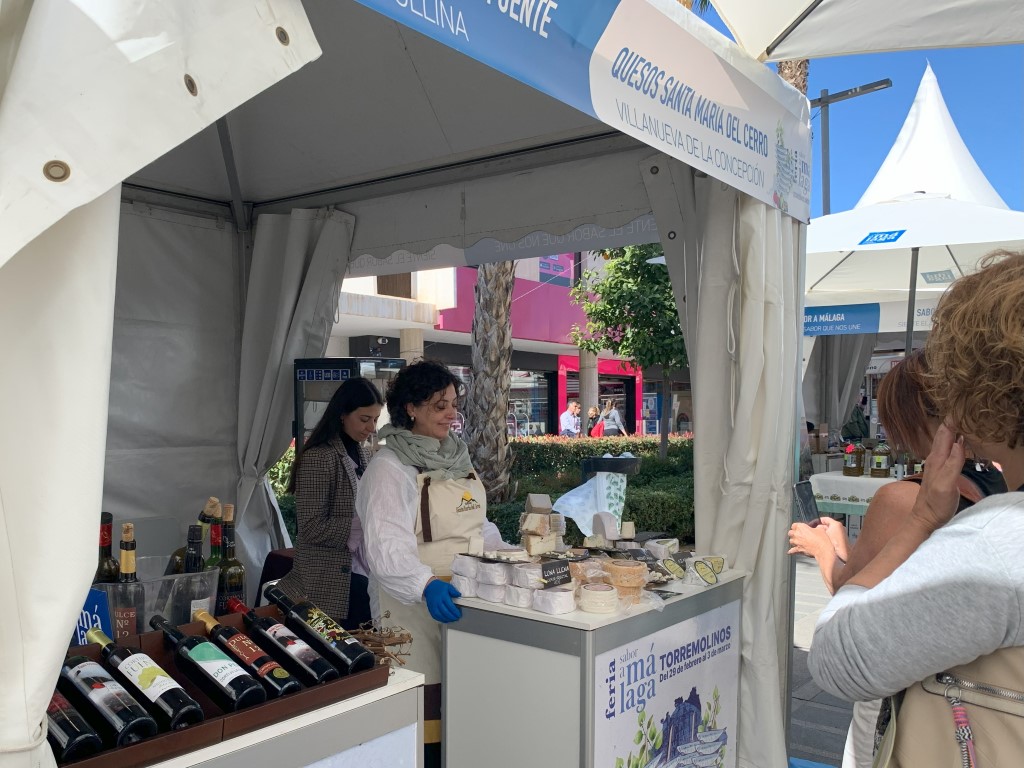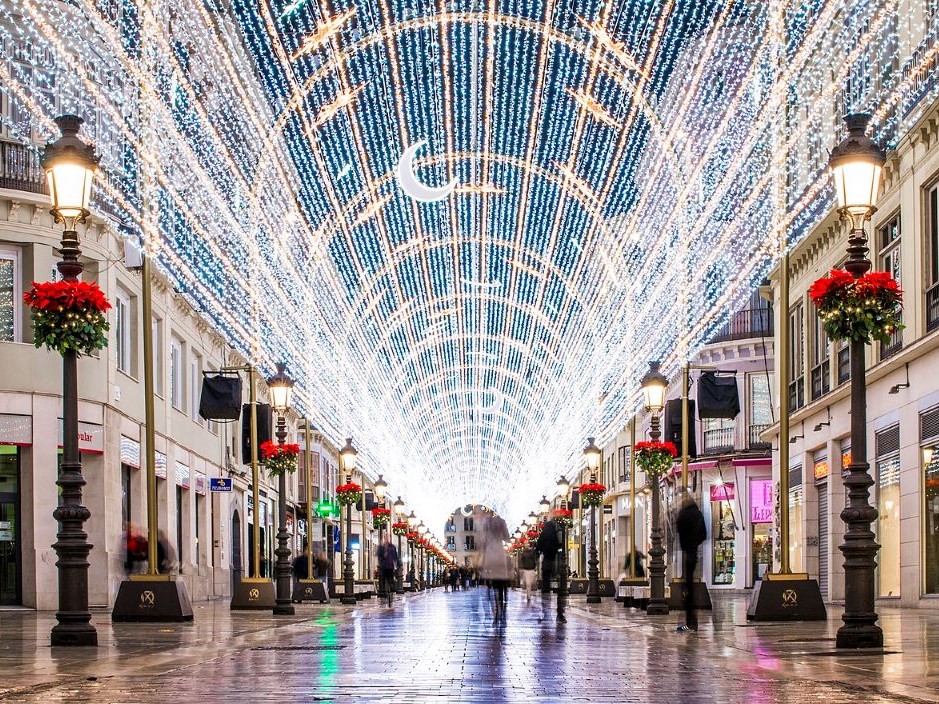February 01, 2024
Last updated on March 29, 2024
The Holy Week (Seman Santa) is a sacred week observed by Christians all over the world. It commemorates the life, death and resurrection of Christ, this last part being associated with Easter, the last day of the Holy Week. In Spain, the Holy Week is probably the most important of the religious traditions, celebrated extensively in towns and cities – among these, the Holy Weeks of Seville, Malaga and Granada are considered to be of international tourist interest. Holy Week and Easter in the Costa del Sol are celebrated mostly through very peculiar processions and, of course, seasonal foods.
Table of Contents
Holy Week processions
Most religious processions in Spain are a mix of religion and party. The religious side is composed by the devotees, that are usually in the front of the procession, carrying religious figures and remembering the life and values associated with a saint’s life; the party side is on the back of the procession – check the fun Romería de San Juan, to see how it works – singing, drinking, wearing Spanish traditional costumes and celebrating life itself. There is no disrespect in it; it feels more like processions are inclusive events, with space for both celebrations.
During the Holy Week, though, the processions are completely different, much more religious and solemn. If the other processions feel like the birthday party of a friend, the ones during Holy Week feel like a red-carpet gala. The processions happen every day throughout the Holy Week and are organized by different religious Brotherhoods (Confradías, or Hermandades) in connection with the local City Council. Each Brotherhood has a theme, such as a part of the life of Jesus Christ, which the brotherhood portrays in their throne (more on that soon) every year during one of the processions of the Holy Week. The brotherhoods also have specific colors associated to themselves and their theme.
Each Brotherhood’s procession is divided in three organized parts: first come the Nazarenes, opening the ceremony. After them comes the Throne, and finally the band that is keeping the compass of the march. The brotherhoods parade in sequence, and a procession can have several brotherhoods, one after the other, following the same organization.
Nazarenes
It is a scary image: a large group of Ku Klux Klan-looking people marching down the road. But fear not, this first impression could not be more wrong. The pointed-hat men are actually the nazarenes, or penitents, the front group of a religious brotherhood procession in honor of Jesus Christ. This Spanish tradition dates back to inquisition times, when sinners were shamed by having to wear such hoods to be clearly identified; in the 17th century it started to be used in processions, as it is nowadays: a symbol that we all have sins and things to regret and correct. In short, it is a symbol of acknowledgement of being faulty.
If you are interested in knowing more about Brotherhoods, check Cautivo Malaga, the brotherhood whose Nazarenes are shown in the picture below. Their theme is the part of Jesus’ life when he was arrested and waiting for judgement.

The Nazarenes Spanish tradition precedes the KKK by at least 200 years. It is not clear why the US racist group chose the pointy hoods as their symbol, though; perhaps, deep in their subconscious, they knew they were at fault.
Thrones
After the Nazarenes, which you can see in the video below (around 12:45 and again around 31:45) comes the thrones (around 23:50 and 40:50), the most emotional part of the ceremony. The throne itself consists of a large scene, corresponding to the theme of the Brotherhood, sculpted in wood and painted in bright colors. It is carried by hundreds of Brotherhood members through the procession’s itinerary.
Beware of the rain
The thrones are precious works of art, kept carefully by the Brotherhoods. Therefore, when rain is forecast for the moment of the procession, the Brotherhood face a tough choice: proceed under rain, risking the thrones and sacrificing even more their members – some of them not so young – for an event that will probably have small attendance or cancel the procession altogether. Sometimes there is also the possibility of postponing the event but given that other Brotherhoods already have their times to parade, it may be difficult to rearrange times.
For this reason, if you plan to watch a specific procession, check ahead of time the weather conditions; cancellations can happen at the last minute, therefore it is not possible to inform with much antecedence. The Town Halls tend to post on their social medias about cancellations when they get to know it in time.
Holy Week in the Costa del Sol towns
Expect processions, and not just on Easter Sunday. In 2023, Benalmadena had processions every day of the Holy Week in Benalmadena Pueblo, each day following a different route; on top of that, it also had a few processions on Arroyo de la Miel. In 2024, Benalmadena also will have processions in both areas. The town has already released its program, and you can check Benalmadena’s 2024 Holy Week translated program here. 😉 The other towns probably do not stay behind.
But these are smaller processions than the ones in Malaga. You’ll see fewer participants and much smaller thrones. If religious processions are not your thing, you may not even notice there is one going on in the town. For those that belong to a Brotherhood, though, this is a remarkable moment of deep spiritual meaning, be it in a large city or in a small village.
Related post:
Holy Week in Benalmadena 2024
Holy Week in Fuengirola 2024
Chocolate? Yes!
Kids have the week off, much of the commerce is closed, and Easter Sunday is mostly celebrated in family. Kids (and adults with an inner child) do get chocolate eggs or bunnies; we (I mean, the kids) like them a lot, particularly the eggs that come with more chocolate or candies inside. They can be bought in supermarkets in the weeks leading to Easter.
Other typical Holy Week meals are the sopa de ajo (a delicious vegetarian garlic soup) and fish dishes using mainly bacalao (cod), such as buñuelos de bacalao (cod fritters). On the desert side, try the Monas de Pascua, a cake that resembles the Roscón de Reyes of Epiphany, just without the filling, and the Torrijas, a kind of sweet toast prepared with cinnamon.
Conclusion
Holy Week and Easter hold great significance in Spain and are observed with reverence. The processions during this week differ significantly from typical Spanish celebrations, emphasizing a more solemn and religious atmosphere. Holy Week in the Costa del Sol combines religious observance, cultural traditions, and festive elements, creating a unique and meaningful experience for both locals and visitors.
Next: The Amazing Ferias of the Costa del Sol






